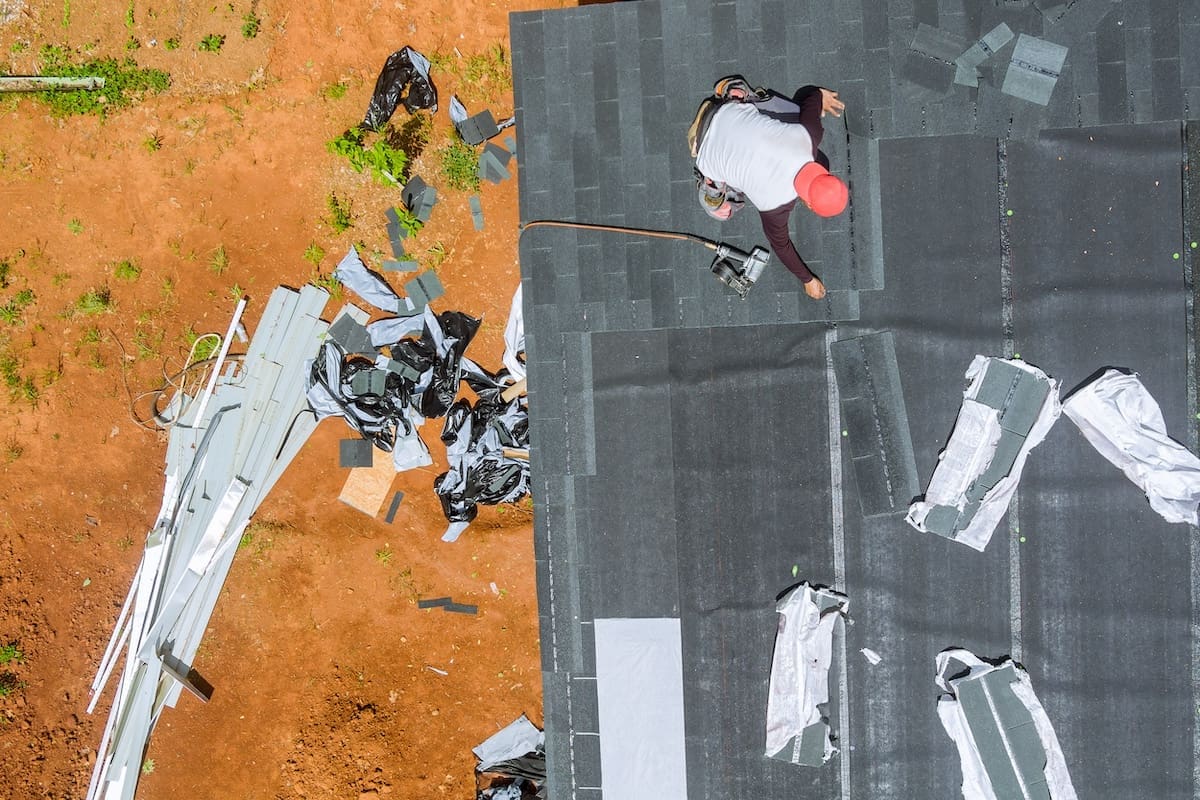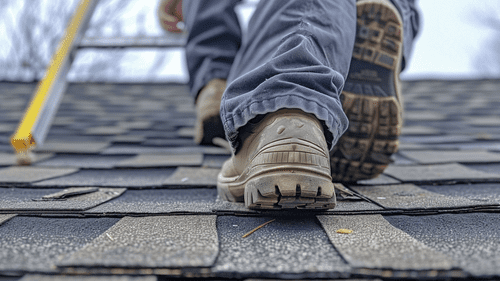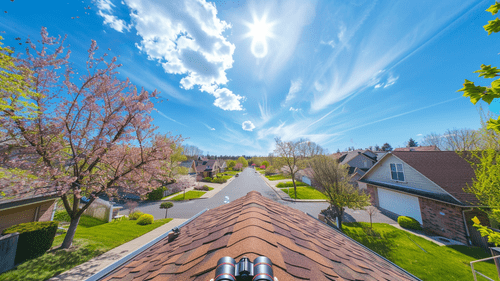After a storm, the sight of roof damage can be overwhelming, both emotionally and financially. Visible damage is just one concern; hidden issues can lead to more significant problems if not addressed promptly. Have you ever wondered how to ensure your roof is thoroughly inspected and your insurance claim is robust? This is where a professional roofing inspection becomes crucial.
Understanding the nuances of roof damage and navigating the insurance claim process can be daunting. How do you know when to call in a professional, and what should you look for in an inspection report? By exploring the importance of expert inspections and avoiding common pitfalls, you’ll be better equipped to protect your home and secure the compensation you deserve. Let’s uncover the essential steps and insights that can make a significant difference in your insurance claim journey.
The Necessity of Professional Roof Inspections
Frequency and Timing of Inspections
Regular roof inspections are essential to maintaining roof longevity and preventing costly repairs. Most roofing professionals recommend getting your roof inspected at least once every two years. This general guideline helps homeowners stay ahead of potential issues, ensuring that minor problems are identified and addressed before they escalate. However, certain conditions may necessitate more frequent inspections. For instance, if your home is situated in an area with heavy tree coverage, it is advisable to have your roof inspected more often. Trees can drop branches, leaves, and other debris onto the roof, which can trap moisture and cause damage over time.
In regions prone to severe weather conditions, such as hail storms, it’s crucial to schedule inspections immediately after such events. The NOAA Severe Weather Database recorded 4,611 large hail storms in the United States in 2020 alone, highlighting the frequency and potential impact of such weather events. Timely inspections can help identify and mitigate damage caused by these storms, preventing further deterioration and ensuring that any necessary repairs are covered by insurance.
Expertise and Equipment
Professional roofing inspectors bring specialized tools and extensive knowledge to the task, making them invaluable in identifying subtle signs of damage that homeowners might miss. These experts use equipment such as infrared cameras to detect moisture beneath the roofing materials, drones for aerial inspections, and moisture meters to assess the extent of water infiltration. Their expertise allows them to spot issues like shingle granule loss, flashing damage, and underlayment problems that aren’t immediately visible to the untrained eye.
Professional inspectors are trained to recognize the early signs of roof damage, such as small cracks, loose shingles, and minor leaks. By catching these issues early, they can recommend preventive measures that extend the lifespan of the roof and reduce the likelihood of major repairs. This proactive approach to roof maintenance protects the structural integrity of the home and provides peace of mind to homeowners.
Navigating the Insurance Claim Process
Initial Steps Post-Storm
After a storm hits, the immediate actions taken by homeowners can significantly impact the success of their insurance claims. The first step is to ensure the safety of all occupants and assess the extent of the damage from a safe distance. Once it’s safe to do so, documenting the damage with photos and detailed notes is crucial. This documentation serves as evidence when filing an insurance claim and helps establish the timeline and severity of the damage.
Homeowners should also take temporary measures to prevent further damage, such as covering exposed areas with tarps or boarding up broken windows. These actions demonstrate to the insurance company that the homeowner is taking reasonable steps to mitigate the damage, which can positively influence the claim outcome.
Role of the Professional Inspection Report
A detailed inspection report from a professional roofing inspector is a vital component of a robust insurance claim. This report provides an objective assessment of the damage, including photographs, measurements, and a thorough description of the affected areas. It also outlines the recommended repairs and their estimated costs, giving the insurance company a clear understanding of the scope and severity of the damage.
Key elements that should be included in the inspection report are:
- A comprehensive overview of the roof’s condition before the storm.
- Detailed descriptions and photographs of all visible and hidden damage.
- An assessment of the potential long-term impact of the damage if left unaddressed.
- Recommendations for immediate repairs and preventive measures.
- An itemized estimate of repair costs.
By providing a well-documented inspection report, homeowners can strengthen their insurance claims and increase the likelihood of receiving adequate compensation for the repairs.
Common Pitfalls and How to Avoid Them
Missteps in DIY Inspections
Attempting to inspect the roof yourself can lead to several risks and common mistakes that may jeopardize your insurance claim. One of the primary risks is personal safety; climbing onto a damaged roof without proper equipment and training can result in serious injuries. Additionally, DIY inspections often miss subtle signs of damage, such as small leaks or hidden structural issues, which can worsen over time and lead to more significant problems.
Common mistakes in DIY inspections include:
- Overlooking minor damage that can escalate.
- Failing to document the damage thoroughly.
- Misinterpreting the extent and cause of the damage.
- Neglecting to take preventive measures to mitigate further damage.
These missteps can result in claim denials or reduced compensation, as the insurance company may question the accuracy and completeness of the homeowner’s assessment.
Understanding Insurance Policy Nuances
Navigating the complexities of insurance policies can be challenging, but understanding key terms and conditions is essential for a successful claim. Homeowners should familiarize themselves with their policy’s coverage limits, exclusions, and deductibles. It’s also important to know the specific requirements for filing a claim, such as the timeframe for reporting damage and the documentation needed.
To ensure your claim aligns with policy requirements, consider the following:
- Review your policy regularly to stay informed about coverage changes.
- Keep detailed records of all communications with your insurance company.
- Consult with a professional roofing inspector to ensure the damage assessment is accurate and comprehensive.
- Seek clarification from your insurance agent if any terms or conditions are unclear.
By understanding the nuances of your insurance policy, you can avoid common pitfalls and ensure that your claim is processed smoothly and efficiently.
Choosing the Right Roofing Professional
Qualities of a Trustworthy Roofing Inspector
Selecting a reliable roofing inspector is crucial for ensuring a thorough and accurate assessment of roof damage. Key qualities to look for include credentials and certifications, such as those from reputable industry organizations like the National Roofing Contractors Association (NRCA). These certifications indicate that the inspector has undergone rigorous training and adheres to industry standards.
Local expertise and community reputation are also important factors. A roofing inspector with experience in your area will be familiar with the common types of roof damage caused by local weather conditions and building codes. Additionally, a professional with a strong reputation in the community is more likely to provide quality service and stand by their work.
Questions to Ask Before Hiring
To ensure you hire the right roofing professional, consider asking the following questions:
- What certifications and training do you have?
- Can you provide references from previous clients?
- How long have you been in business in this area?
- What is your process for conducting roof inspections?
- Do you use any specialized equipment for inspections?
- Can you provide a detailed estimate for the recommended repairs?
Verifying references and past work is also essential. Reach out to previous clients to inquire about their experience with the roofing professional, including the quality of the inspection, the accuracy of the report, and the overall satisfaction with the service provided. By asking these questions and conducting thorough research, you can make an informed decision and choose a roofing professional who will provide reliable and trustworthy service.
Wrapping Up: The Critical Role of Professional Roof Inspections
Ensuring your roof is thoroughly inspected after a storm involves more than just spotting visible damage; it includes uncovering hidden issues that could lead to more significant problems down the line. Regular inspections, especially after severe weather events, are essential for maintaining your roof’s integrity and preventing costly repairs. Professional inspectors bring the expertise and specialized tools needed to identify subtle signs of damage that homeowners might miss, providing peace of mind and protecting your investment.
Navigating the insurance claim process can be daunting, but a detailed inspection report from a trusted roofing professional can make all the difference. By avoiding common pitfalls and understanding your insurance policy’s nuances, you can strengthen your claim and secure the compensation you deserve. Remember, the right roofing professional isn’t just a service provider; they’re a partner in safeguarding your home. So, next time a storm hits, think beyond the immediate damage—your roof’s future depends on it.







